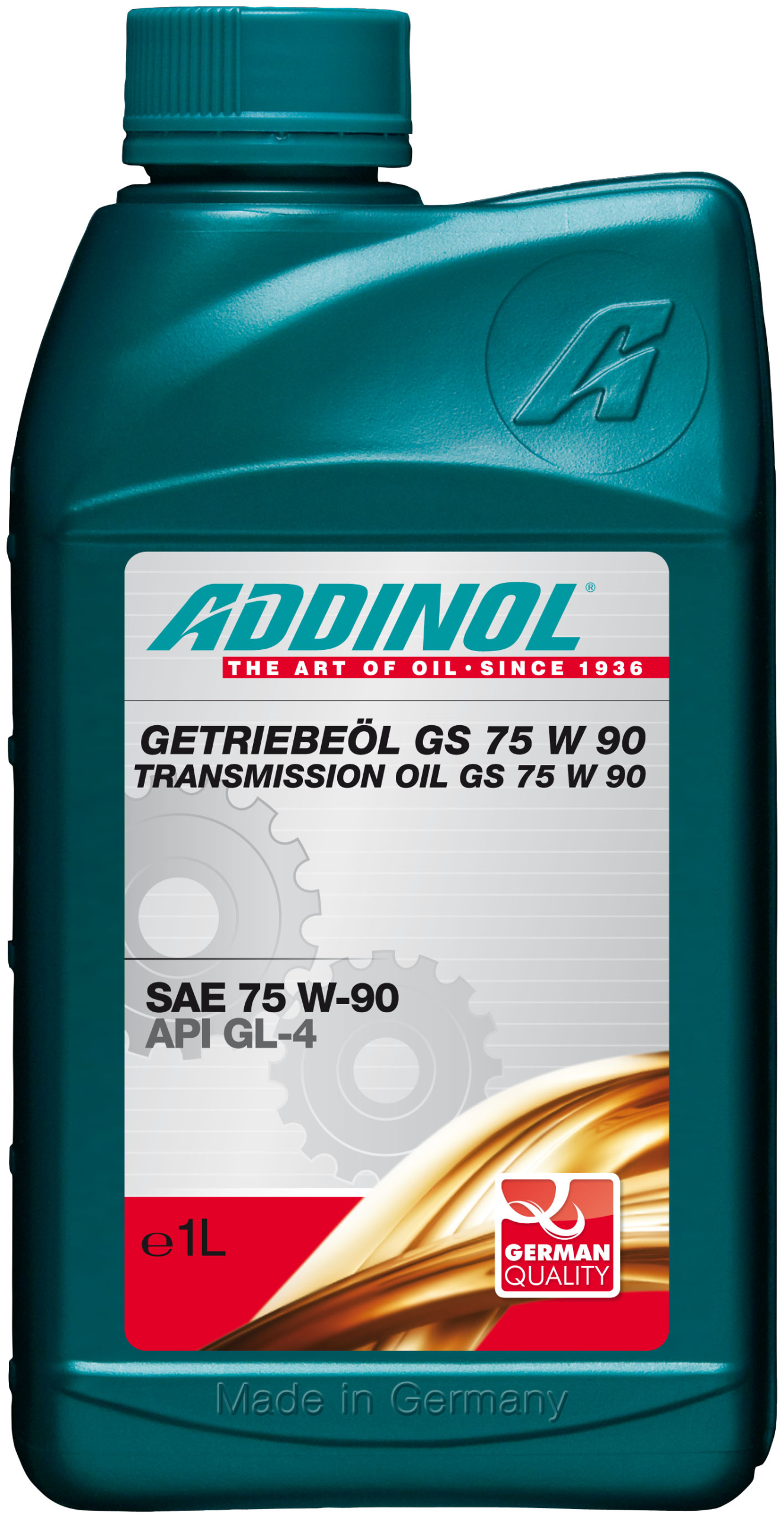
How to change the oil in an automatic transmission - a static and dynamic method
Almost all vehicles equipped with a manual transmission do not require an oil change during the entire service life. The situation is different in the case of automatic machines, where the used oil must be replaced with a new one after a certain mileage or in accordance with the recommendations of the car manufacturer.
When to replace?
In classic gearboxes with a torque converter (transformer), the oil should be changed on average every 60. km of the vehicle. However, it should be remembered that the replacement period also depends on the design of the transmission itself and the way the car is operated, and therefore can take place in a wide range from 30 thousand. up to 90 thousand km. Most auto repair shops and service stations use two methods for changing gear oil: static and dynamic.
How to change statically?
This is the most common oil change method. It consists in draining the oil through drain plugs or through the oil pan and waiting for it to flow out of the box.
Advantages and disadvantages of a static method
The advantage of the static method is its simplicity, which consists only in draining the used oil. However, it has a major drawback: when it is used, only about 50-60 percent is replaced. the amount of oil in the gearbox. In practice, this means mixing used oil with new oil, which leads to a significant deterioration in the properties of the latter. An exception in this regard are older types of automatic machines (for example, installed in Mercedes). The torque converter has a drain plug that allows almost complete oil changes.
How to change dynamically?
The dynamic method is much more efficient, but also more time consuming. After draining the used oil, similarly to the static method, the oil return pipe is unscrewed from the oil cooler towards the gearbox, after which an adapter with a tap is installed to regulate the flowing oil. A special filling device (also equipped with a tap) is attached to the oil filler neck, through which new gear oil is poured. After starting the engine, all gears of the automatic lever are sequentially switched on until clean oil comes out of the radiator pipe. The next step is to turn off the engine, remove the filling device and connect the return line from the oil cooler to the gearbox. The last step is to restart the engine and finally check the oil level in the automatic unit.
Advantages and disadvantages of the dynamic method
The advantage of the dynamic method is the possibility of a complete replacement of used oil in automatic transmissions. In addition, it can be used not only in automatic transmissions with a torque converter, but also in the so-called. continuously variable (CVT) and wet clutch dual clutch system. However, the replacement of used gear oil by the dynamic method must be carried out professionally, otherwise damage to the pump and torque converter may occur. In addition, the use of cleaners that are too strong (they can be used with dynamic oil changes) will damage (delamination) the lockup linings in the torque converter. These measures also contribute to accelerated wear of the friction linings of the clutches and brakes and, in extreme cases, jamming of the pump.

